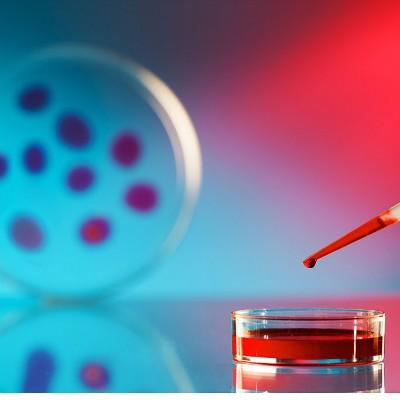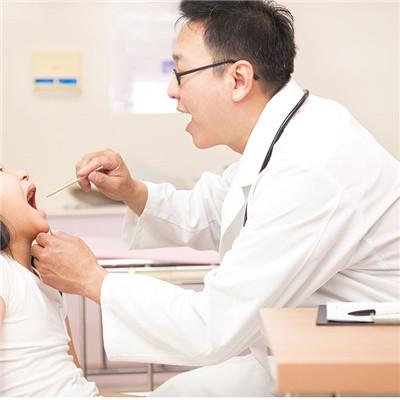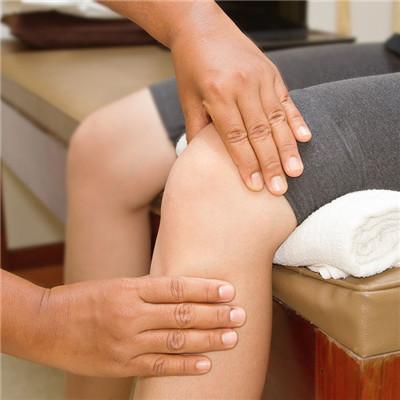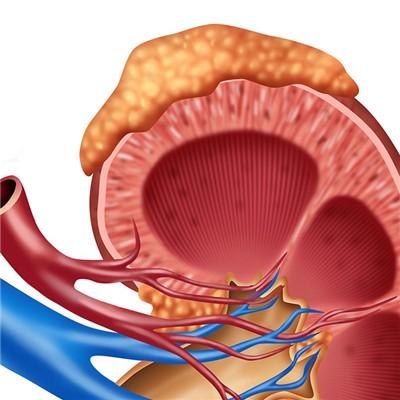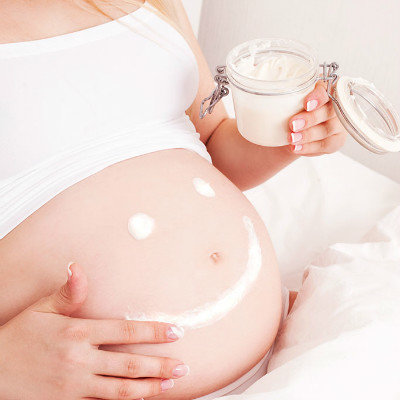How to deal with burn infection?
summary
The common strains of burn wound infection are Pseudomonas aeruginosa, Escherichia coli, Staphylococcus aureus, aerobacillus, etc. due to the wide application of antibiotics, hemolytic streptococcus infection has been rarely found, while fungal and viral infection has gradually increased. Invasive infection not only makes the infection spread to the deep and surrounding tissues of the wound, but also may lead to severe systemic infection, which may become sepsis or extensive wound sepsis. However, there is no exact clinical index to determine whether the wound infection invades the surrounding tissues. How to deal with burn infection?
How to deal with burn infection?
First, the main treatment for burn infection is anti infection therapy, such as oral or intravenous antibiotic therapy. If it is serious, debridement can be carried out, so anti infection needs to be actively carried out
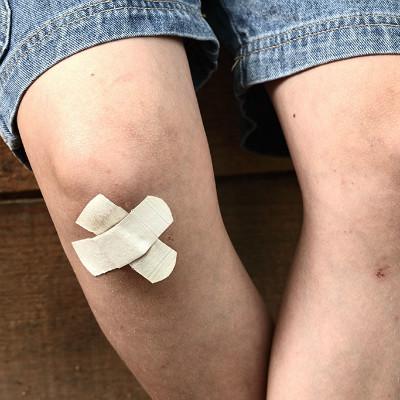
Second: exposure therapy: after debridement, the wounded should be placed on a sterile or clean sheet gauze pad, and the wound should be exposed to warm and dry air (room temperature 250-300 is appropriate) to dry the wound, which is conducive to the prevention and treatment of infection. It is a good way for large area burn patients to sleep in bed and turn over four times a day to expose the wound thoroughly and prevent pressure. The indoor sanitation should be rectified and the air should be circulated regularly. Do a good job of bedside contact isolation. When contacting the wound, we must pay attention to aseptic operation. If there is exudate in the wound, use sterilized cotton ball or suck it up at any time to keep the wound dry. If the bed sheet or gauze pad is wet, it should be replaced at any time. In order to keep the wound dry, we should apply appropriate Chinese medicine preparation to the superficial second degree burn, and apply sulfadiazine yinxibitai paste and sulfonic tincture to the deep second and third degree burn.
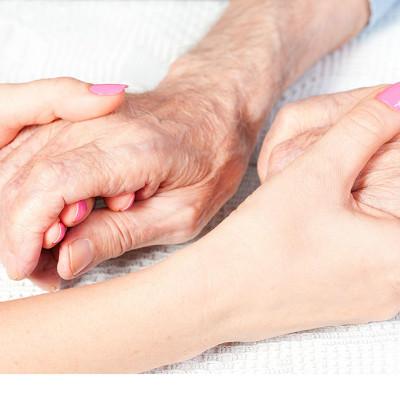
Third: bandage therapy: after debridement, cover the wound with traditional Chinese medicine gauze or vaseline gauze, cover with multi-layer disinfection gauze and cotton pad, and bandage with pressure. The full-thickness dressing should be 3-5cm thick, and plaster support should be used to fix the limbs in the functional position when necessary. When bandaging, the pressure should be even. Although there is no burn, the distal end of the affected limb should also be bandaged to prevent swelling. The tip of finger (toe) should be exposed to observe the change of blood circulation. Raise the affected limb and keep the dressing dry. If the dressing is penetrated, it should be covered with disinfection dressing in time. If the soaking is extensive, the outer dressing can be removed and bandaged again under aseptic operation. For the wounded with bandage therapy, attention should be paid to the change of body temperature, aggravation of pain, odor or purulent secretion in the injured area. When the suspicious signs of infection were found, the wound surface should be checked in time and the dressing should be replaced. If there is no infection, the dressing can be changed after 10 days.
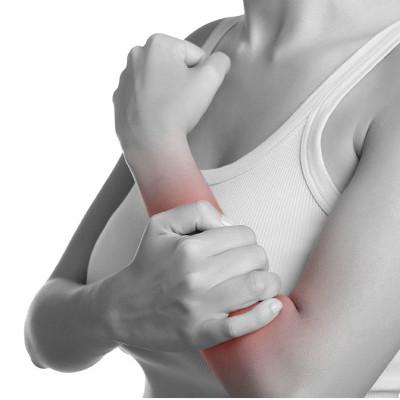
matters needing attention
In case of wound damage, do not touch water before healing. If contact is necessary, the wound surface can be bandaged and wrapped with fresh-keeping film before contacting with water. After that, remove the bandage and change the dressing once; In addition, the diet, avoid spicy food (such as pepper, onion, ginger, wine, etc.) and high calorie food (such as mutton, dog meat, etc.), should eat more high protein food, such as crucian carp soup, fish and shrimp, eggs, etc., conducive to wound cell growth, accelerate healing.


